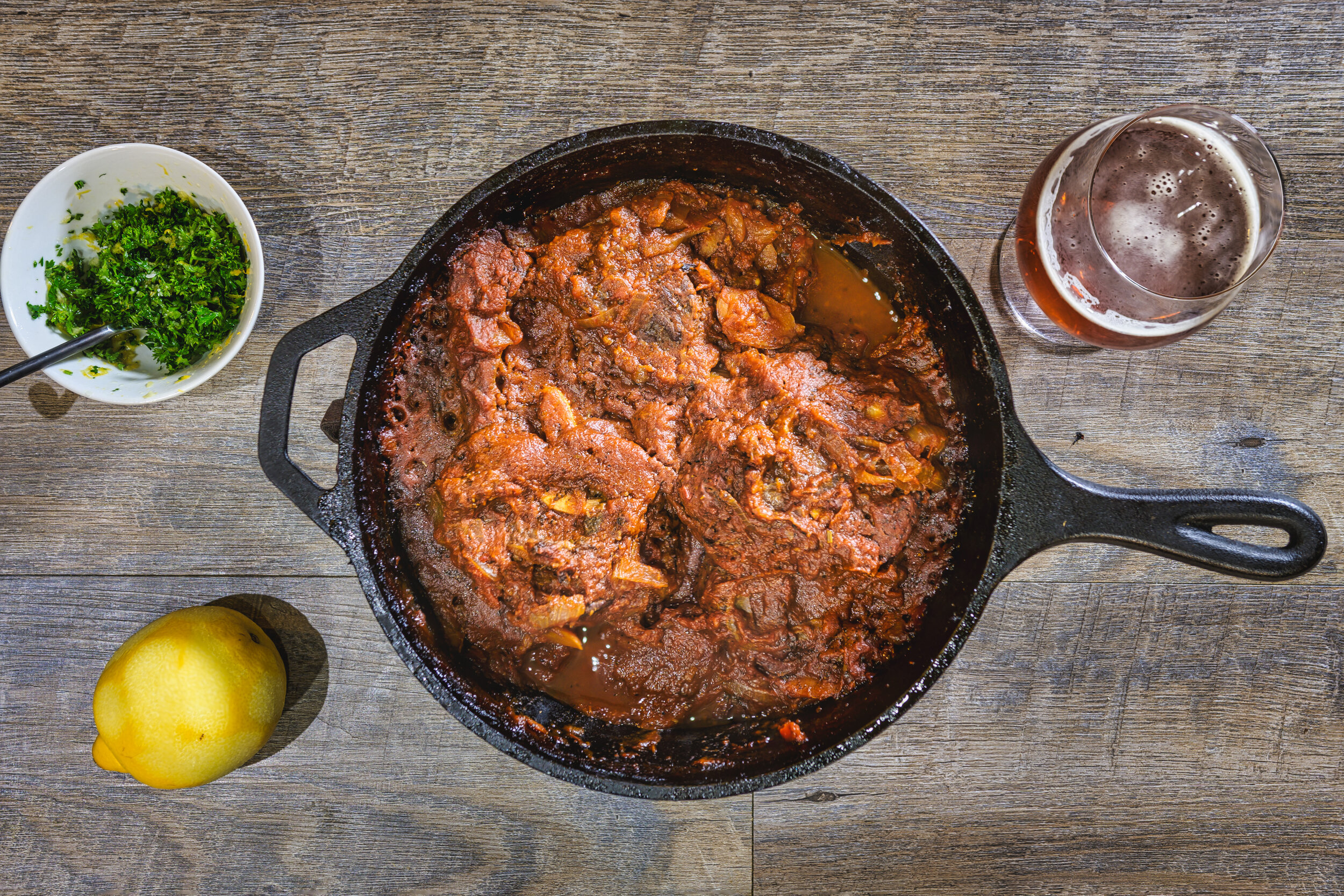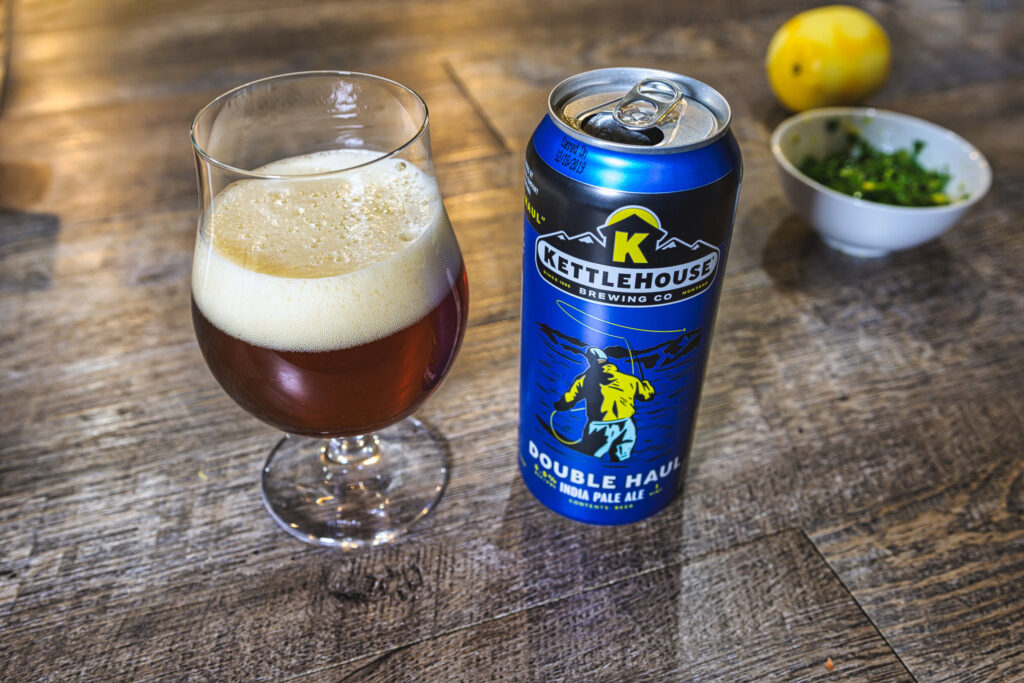“You try to come up with new ideas, but in the end, people just want to eat Italian food.”
— Stephen Starr
It’s clear that Italian food is simply amazing and I doubt anyone would object. However, it is not so clear why Italians have such a vast lineup of amazing regional dishes, or why they have fanatically held out against the watered-down and bland effect of modern commercial food processing. You know that cheap canned food that attempts to compensate for the lack of flavor with loads of sugar and preservatives? Lucky for us anthropologists are not entirely clueless about the evolution, or lack thereof, of Italian cooking.
As Bloomberg’s columnist, Megan McArdle, details in her report the persistence and abundance of the delicious Italian food -we go gaga for – are influenced heavily by elements that go as far back as The Roman Empire, and to the time the region was declining from its Renaissance peak and plagued with scarcity and hardship. While the country eventually recovered from impoverishment its arrival to the industrialized world was delayed, which in hindsight was a blessing for the quality of food.
The introduction of commercialized food to most “advanced” cultures not only the initiation of inferior food quality but also incentivized women to enter the workplace, and spend less time cooking good food, which ultimately lead to the decline. So countries that were modernized the first ended up having lower-grade foods compared to those countries, like Italy, that staggered behind. That’s something some of us may have experienced firsthand as our mothers became more career-oriented. Not that there is anything wrong with that, but there was a payoff.
Italy is still a country where food is culture and part of its leading identity. Italian food, for the most part, is still seasonal, simple, nutritionally sound, colorful, and flavorful, and if you’re lucky enough to have an Italian mother that cooks for the family, you’d have no reason to go to a restaurant.
Today we’re going to show you how to eat with a Montana twist. You did click for The Taste of MONTANA after all. We’re going to prepare Ossobuco (bone with a hole) with bison shanks from Montana bison.
Ossobuco, the marrow in the hole of the bone- a prized delicacy in Italy, was originally a Lombard cuisine from Northern Italy and more or less resembled Austrian and Central European cuisine. Upon its arrival to southern Italy, this dish adapted to the regional culture and the ingredients at hand, to take on the flavors most of us associate with Italian food. We have absolutely no problem with that since we love tomato-based foods, and it’s safe to say our lycopene levels are healthy all year-’round.
Ossobuco takes time to perfect and is usually garnished with gremolata and served with either risotto or polenta. The slow-cooking process leads to a succulent and tender ‘fall-off-the-bone’ meat, bursting with satisfying savory and umami flavors. If you said “mmm” while eating this food, you spoke Italian, and if you cooked it with bison meat you became a quasi-Montanan. That’s right, I said quasi.

Two words here: Maillard Reaction. This is essentially the browning of proteins during the sear.
The Maillard Reaction is actually the same process that malt goes through. In fact, the number one flavor identifier for Maillard is “malty.” The subtle maltiness of the Kettlehouse Double Haul balances the flavors of the Bison Osso Buco.
